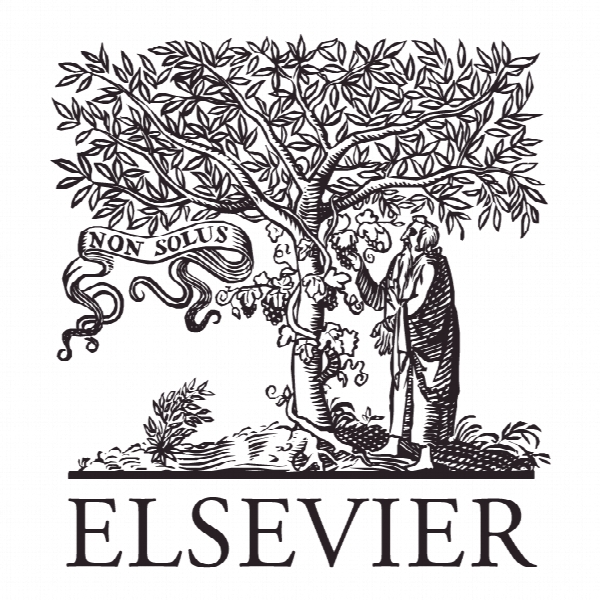به سوی محسبات سبز برای اینترنت اشیا: مسیر انرژی محور و رویکرد برنامه ریزی Towards Green Computing for Internet of Things: Energy Oriented Path and Message Scheduling Approach
- نوع فایل : کتاب
- زبان : انگلیسی
- ناشر : Elsevier
- چاپ و سال / کشور: 2018
توضیحات
رشته های مرتبط مهندسی فناوری اطلاعات، مهندسی کامپیوتر
گرایش های مرتبط اینترنت و شبکه های گسترده، شبکه های کامپیوتری، الگوریتم ها و محاسبات
مجله شهرهای پایدار و جامعه – Sustainable Cities and Society
دانشگاه School of Engineering – Manchester Metropolitan University – UK
منتشر شده در نشریه الزویر
کلمات کلیدی انگلیسی Internet of things (IoT), energy optimization, wireless sensor networks (WSNs), scheduling algorithm, routing protocol, network lifetime
گرایش های مرتبط اینترنت و شبکه های گسترده، شبکه های کامپیوتری، الگوریتم ها و محاسبات
مجله شهرهای پایدار و جامعه – Sustainable Cities and Society
دانشگاه School of Engineering – Manchester Metropolitan University – UK
منتشر شده در نشریه الزویر
کلمات کلیدی انگلیسی Internet of things (IoT), energy optimization, wireless sensor networks (WSNs), scheduling algorithm, routing protocol, network lifetime
Description
I. INTRODUCTION INTERNET of Things is an emerging heterogeneous networking concept aimed towards a significant impact in the todays digital world. The key vision of IoT is to bring together a massive number of smart objects towards integrated and interconnected heterogeneous networks, making the internet even more ubiquitous. It is a futuristic paradigm where all possible devices will interact with each other regardless of their size, computing resource and network connectivity in a seamless environment. It makes applications smart by sensing, data harnessing, and decision making towards actions mostly without human intervention. IoT-enabled devices are growing with exponential pace including wearable devices, kitchen appliances, connected cars, and healthcare devices [1]. The growth in connected devices is expected to significantly increase over the next few years according to a forecast by the Cisco Systems, ”i.e., 10 billion in 2014 to 50 billion by 2020” [2]. Moreover, IoT and other enabling technologies will have significant impact on information gathering on larger geographical area for applications such as, environmental monitoring, healthcare, and surveillance. It is highlighted that a massive number of objects will be enabled with the realization of IoT ecosystem in any geographical area. In such systems, a large number of connected devices will transmit a huge amount of data resulting in the realization of connected device oriented big data. The connected device oriented data is vital for smart city paradigm as it can provide usable knowledge for enabling expert systems in IoT environments [3]. IoT framework is based on several enabling technologies including wireless sensor networks (WSNs), cloud computing, machine learning, and peer to peer systems. WSNs are one of the key enabling technologies for IoT and will include large number of sensor nodes that are responsible for collecting key information, perform some computation and accomplish wireless communication. These nodes are deployed in a large geographical area and generally configured in a mesh network, ultimately sending a large volume of data to a base station (BS) or a gateway and are usually forwarded with multiple hops to reach the BS [4]. So, in fact energy optimization is not just the problem of the network, it is also one of the greatest challenges for the big data and smart city concept [5, 6]. In an IoT environment, since millions of nodes are interconnected with each other giving rise to big data, one of the key challenge is to make these nodes energy efficient such that the network is able to last longer, otherwise, changing battery to keep collecting the big data will quickly become infeasible. For the WSNs to be energy efficient, the multi hop of the packets i.e. routing protocol plays a significant part [7]. For most of the applications use-cases, the sensor nodes are deployed in inconvenient locations and therefore are difficult to reach. Also, because of the large number of nodes, changing the battery on these nodes regularly is impractical. The majority of the energy consumption on a node occurs during the transmitting and receiving of the data packets, while mostly on other times the node is in inactive or sleeping mode [8].


